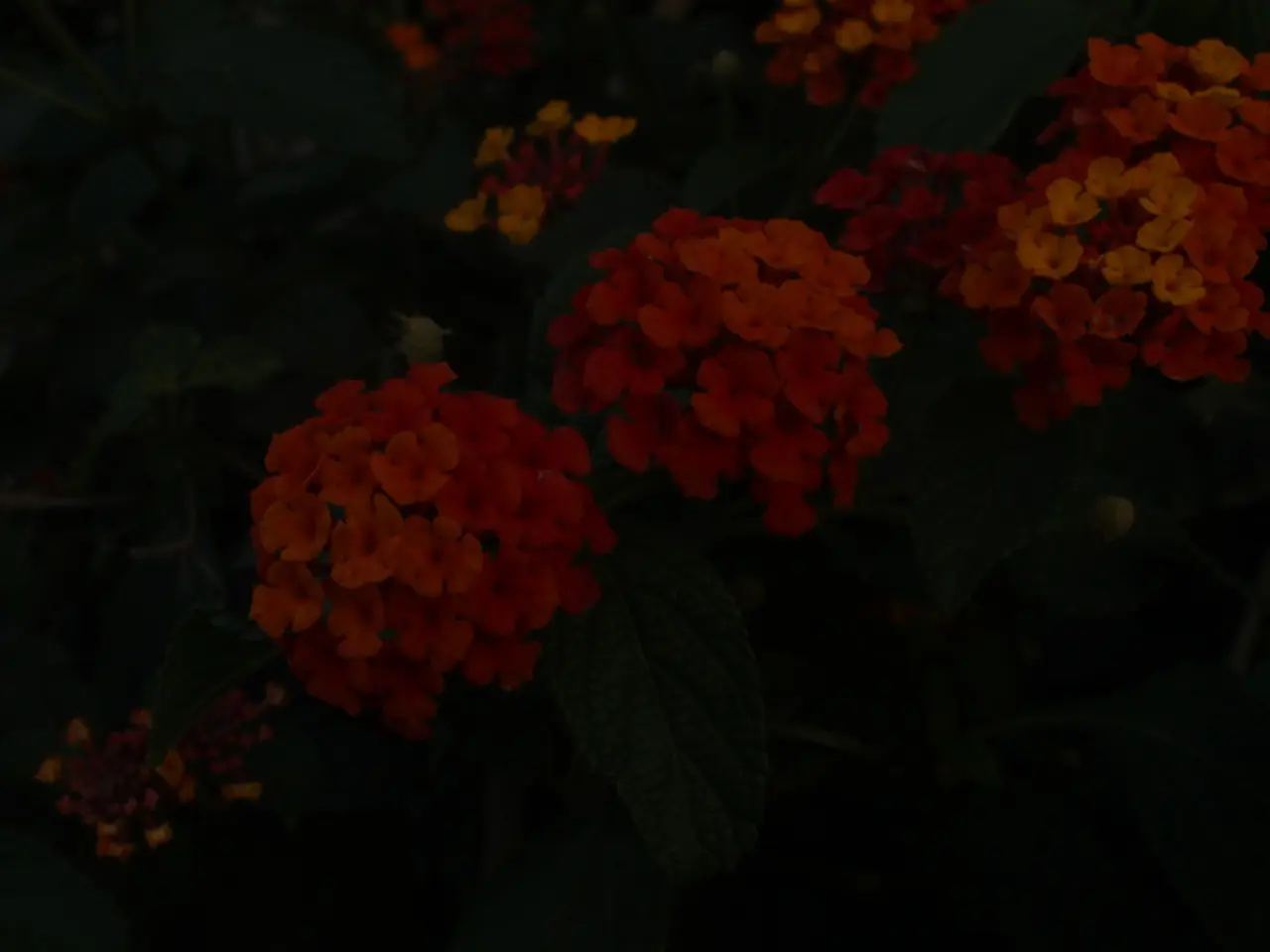Planting of a wildflower meadow and bulb sowing arranged by GLP set for 1st October 2024 in both Podleże and Niepołomice.
In the heart of Poland, two remarkable events took place on 1 October 2024, as students and volunteers joined forces to create flower meadows in Podleź and Niepołomice. Organised by a company in partnership with GLP, these events aimed to beautify local areas, support biodiversity, and establish pollinator-friendly places.
The planting of flower meadows not only adds a splash of colour to these communities but also contributes significantly to soil regeneration and environmental health. By cultivating native wildflowers and grasses, these meadows provide essential resources such as nectar, pollen, seeds, and shelter, which are often lacking in conventional green lawns. This, in turn, supports higher populations of native pollinators like bees and butterflies, many of which are declining due to habitat loss.
For birds, meadows offer nesting sites and food sources. For example, Hawk Mountain’s 20-acre roadside pollinator meadow supports nesting songbirds, butterflies, native bees, and raptors, demonstrating how meadow restoration enhances habitat connectivity along migration corridors and boosts overall biodiversity.
In urban and suburban areas, even small backyard meadows can act as mini refuges for wildlife, increasing local ecosystem resilience. Native plants in meadows support a greater diversity of insects than non-native species, which cascades into stronger native bird populations and overall fauna diversity. Meadows also reduce resource inputs like water and chemical use compared to traditional lawns, decreasing environmental impacts and chemical runoff.
Additionally, wildflower meadows contribute broadly to environmental health by capturing air pollution, sequestering carbon, and providing beautiful, natural spaces that bolster human well-being. Garden wildflowers can also enhance biodiversity if incorporated thoughtfully into borders and landscaped areas, blending ecological benefits with aesthetic appeal.
These benefits emphasise flower meadows as vital tools for ecological restoration and conservation in both rural and urban settings. By protecting local flora and fauna, these events in Podleź and Niepołomice underscored GLP's commitment to local communities and environmental protection.
The students in Podleź participated with great enthusiasm, learning valuable skills and gaining awareness about environmental challenges. The events also provided an opportunity for young people to develop a sense of community and civic responsibility. A second flower bulb planting event took place at a roundabout in Niepołomice, further emphasising the importance of these initiatives.
In times of climate change, flower meadow planting enhances water retention in soil, helping to mitigate the effects of extreme weather conditions. The events in Podleź and Niepołomice serve as inspiring examples of how collective action can contribute to the protection and sustenance of local species and ecosystems.
References:
[1] Hawk Mountain Sanctuary. (n.d.). Pollinator Meadow. Retrieved from https://www.hawkmountain.org/conservation/pollinator-meadow
[2] The Wildlife Trusts. (n.d.). Wildflower meadows. Retrieved from https://www.wildlifetrusts.org/nature-and-wildlife/wildlife-and-plants/wildflower-meadows
[3] RHS. (n.d.). Garden Wildlife. Retrieved from https://www.rhs.org.uk/advice/profile?id=2000008
[4] Defra. (2011). The Natural Choice: Our Green Infrastructure. Retrieved from https://www.gov.uk/government/publications/the-natural-choice-our-green-infrastructure--2
The planting of flower meadows in urban areas, such as home-and-garden or lifestyle settings, supports local pollinators and enhances wildlife habitats, as demonstrated by small backyard meadows that act as mini refuges for various species. By creating such meadows, homeowners can contribute to strengthening local ecosystem resilience and fauna diversity while enjoying the aesthetic appeal of native wildflowers.
Moreover, cultivating wildflower meadows in places like Podleź and Niepołomice not only contributes to biodiversity and environmental health, but also establishes pollinator-friendly places that help combat declining native pollinator populations, much like the work being done by organizations such as The Wildlife Trusts and Hawk Mountain Sanctuary.




